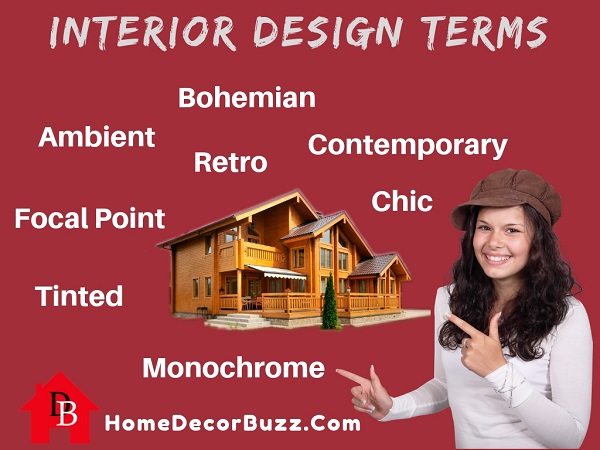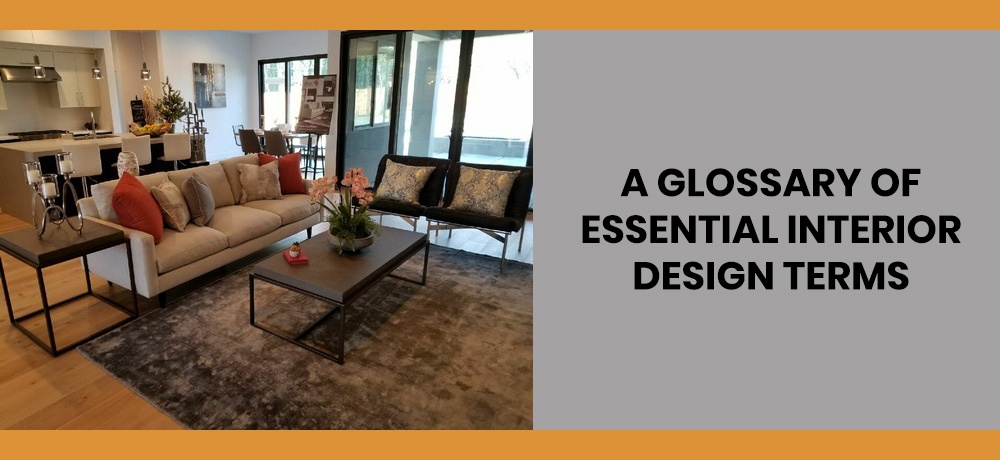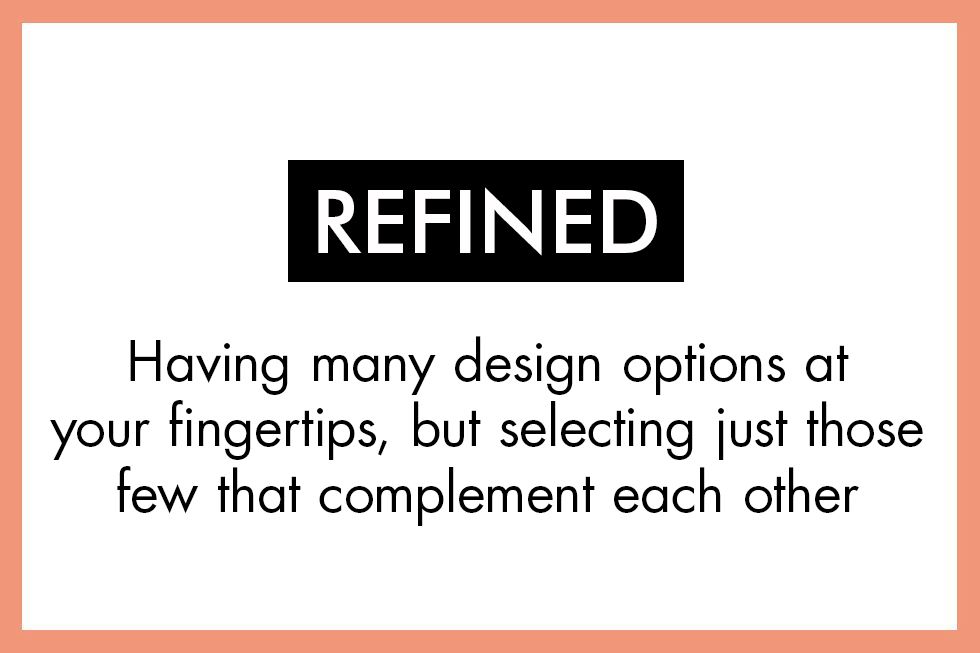In the world of interior design, the language can often feel as intricate as the designs themselves. Whether you’re a budding designer, a homeowner looking to renovate, or simply an enthusiast, understanding the terminology is crucial. This glossary of interior design terms is crafted to help you navigate through the complexities of design jargon with ease. Drawing from my personal experiences in the field, I aim to explain each term clearly and concisely, ensuring that you’re well-prepared for any project.
Understanding Interior Design: The Basics
What is Interior Design?
Interior design is more than just decoration; it encompasses creating functional and aesthetically pleasing environments. It involves a systematic approach to planning space, selecting furnishings, and coordinating colors, textures, and materials to enhance the quality of life within a space.
Why Learn Interior Design Terms?
- Effective Communication: Knowing the lingo allows you to communicate your ideas clearly with designers and contractors.
- Informed Decisions: Understanding the terms helps you make informed choices about materials and styles.
- Project Management: Helps in managing your project efficiently by reducing misunderstandings.
Glossary of Interior Design Terms

A
Accent Chair
An accent chair is a standalone piece of furniture that adds visual interest to a room. It can be an eye-catching color or fabric and is often used to enhance the overall design.
Artificial Light
This refers to any light source that is man-made, such as lamps and overhead lighting, as opposed to natural light which comes from windows and skylights.

B
Balance
Balance in design refers to the visual weight distribution in a room. It can be symmetrical, asymmetrical, or radial. Achieving balance is key to creating a harmonious space.
Bohemian Style
This is an eclectic and relaxed style characterized by a mix of colors, patterns, and textures, often with a travel-inspired flair.

C
Color Palette
A color palette is a range of colors chosen to complement one another within a space. It plays a critical role in setting the mood and style of the room.
Contemporary Design
Contemporary design reflects current trends and is often characterized by clean lines, minimalism, and an emphasis on functionality.

D
Deco Style
Short for Art Deco, this style is characterized by bold geometric patterns, rich colors, and opulent materials, reflecting the glamour of the 1920s and 30s.
Drapery
Drapery refers to fabric used to cover windows, adding both style and function by controlling light and privacy.

F
Focal Point
The focal point is the primary area of interest in a room. It could be a piece of art, a fireplace, or a unique piece of furniture that draws the eye.
Functional Space
A functional space is designed with practicality in mind, ensuring it serves its intended purpose effectively while also being aesthetically pleasing.

H
Hygge
This Danish concept focuses on coziness and comfort, often achieved through soft textiles, warm lighting, and intimate arrangements.
I
Industrial Style
Industrial style draws inspiration from warehouses and factories, characterized by raw materials, exposed structures, and a neutral color palette.

L
Layering
Layering in design refers to the practice of combining different textures, colors, and patterns to create depth and interest in a space.
M
Minimalism
Minimalism emphasizes simplicity and functionality, stripping away excess to focus on the essentials, often using a neutral color palette.
P
Proportion
Proportion refers to the relationship between objects and their sizes, which is crucial for creating balance and harmony in a space.
Palette Knife
A palette knife is a tool used in painting, but in the context of interior decoration, it can refer to the application of paint to create texture.
R
Rustic
Rustic design emphasizes natural materials and a cozy, homey feel, often incorporating elements that evoke the countryside.
Comparison Table of Design Styles
| Design Style | Characteristics | Color Palette | Materials |
|---|---|---|---|
| Contemporary | Clean lines, minimalism | Neutral, bold accents | Glass, metal, concrete |
| Bohemian | Eclectic, vibrant, relaxed | Rich, jewel tones | Wood, fabrics, natural materials |
| Industrial | Raw, functional, urban | Grays, blacks, browns | Metal, brick, concrete |
| Rustic | Cozy, natural, homey | Earth tones | Wood, stone, organic fabrics |
Tips for Using Interior Design Terms Effectively
1. Context is Key
Always consider the context in which you’re using a term. A term like “open concept” might mean different things in various cultural contexts.
2. Ask Questions
If you’re unsure about a term or concept, don’t hesitate to ask your designer or contractor for clarification. This not only helps you learn, but also ensures that everyone is on the same page.
3. Keep Up with Trends
Interior design is ever-evolving. Following design blogs, attending workshops, and engaging with design communities can help you stay updated on the latest terms and trends.
Pros and Cons of Understanding Interior Design Terms
Pros
- Enhanced Communication: Quicker collaboration with professionals.
- Creative Expression: Helps articulate your vision effectively.
- Increased Knowledge: Empowering yourself with design knowledge.
Cons
- Overwhelm: The extensive vocabulary can be daunting at first.
- Misinformation: Misunderstanding terms can lead to miscommunication.
- Trends Change: Some terms may become outdated as styles evolve.
FAQs About Interior Design Terms
What are some common interior design styles?
Common styles include contemporary, traditional, modern, bohemian, industrial, rustic, and minimalist. Each style has unique characteristics and elements that distinguish it.
How can I improve my interior design vocabulary?
Reading design magazines, blogs, and books, as well as taking courses or attending workshops, can greatly enhance your vocabulary.
Why is color important in interior design?
Color affects mood and perception of space, making it a vital element in creating an atmosphere that reflects the intended function of a room.
What is the difference between interior design and interior decorating?
Interior design focuses on the overall functionality and planning of a space, while interior decorating is primarily about the aesthetics and decor of a room.
How do I choose a color palette for my home?
Start by assessing the mood you wish to create, consider the existing architecture, and be sure to test swatches in different lighting before making a final decision.
Conclusion
Understanding interior design terms is a powerful tool in creating your dream space. With this glossary, you’re now equipped to communicate effectively and make informed decisions about your design projects. Remember, design is not just about following trends; it’s about expressing who you are through your space. Happy designing!